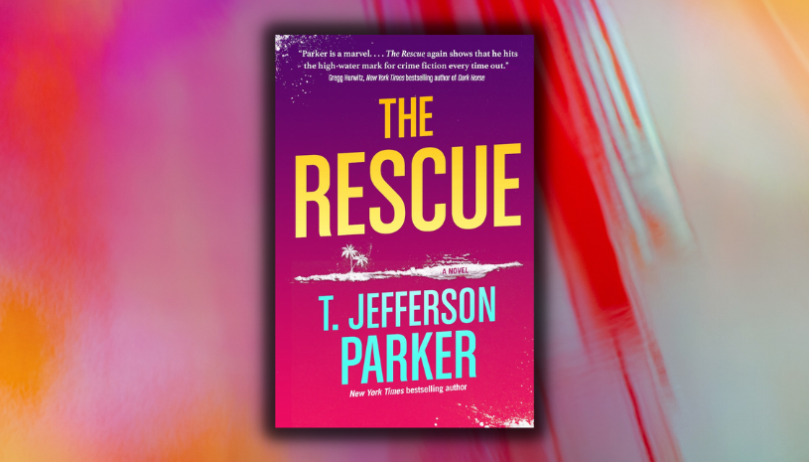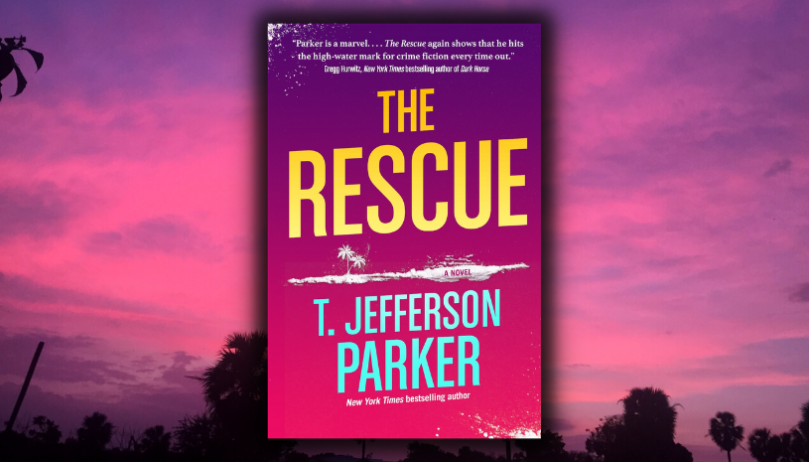
5 of the Best Rescue Shelters in the Country
By Athena Palmer: Congratulations! You’ve decided that it’s time to adopt a new friend into your life. But… where do you start? There are so many amazing rescue shelters out there that it can be hard to choose. Inspired by The Rescue by T. Jefferson Parker, here are 5 of the best rescue shelters in…


